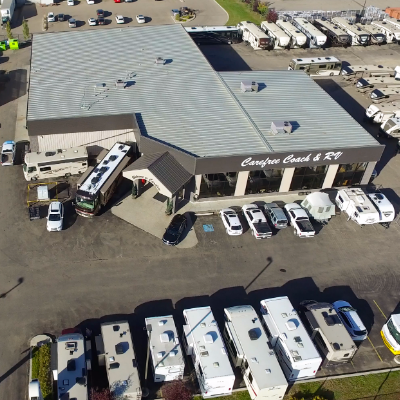A Navajo tour of Canyon de Chelly
The canyons are on sacred land and Navajo families hold traditional land rights

There is a special place in northeast Arizona that many people have seen in movies or vehicle commercials, but few have visited. Canyon de Chelly (pronounced duh-shay) is a national monument located a few miles from the little town of Chinle. There are really three canyons: Monument, del Muerto and de Chelly. The three canyons cover 130 square miles and are located on the Navajo Indian Reservation, which is 27,000 square miles—bigger than 10 American states. It was the Anasazi or ancestral puebloans who first occupied the canyons, until about A.D. 1350. The Navajo or “The People” (Dine in the Navajo language) arrived 400 years later and called these canyons the Tseyi, meaning place within the rock.
There are two ways to see the canyons. One is to drive both the South Rim Drive and North Rim Drive, each about a 34-km round trip. The most scenic route is the South Rim Drive, with seven viewpoints. The most prominent feature is Spider Rock, a 832-foot rock pinnacle jetting upwards from the valley floor. Legend has it that Spider Woman lives on top and eats children who misbehave. North Rim Drive is about the same length as the South Rim Drive, with three major viewpoints looking down 1,000 feet on Canyon del Muerto (Canyon of Death), Mummy Cave, Massacre Cave and Antelope House.
The best way to see Canyon de Chelly, however, is to take a Navajo guided tour. It is the only way to visit the valley floor. The reason is that the canyons are on sacred land and the Navajo families hold traditional land rights. In addition, the land is used for farming and grazing sheep. Only a two-mile hike to the White House from South Rim Drive is open to the general public.
Tourists have a number of options for visiting the valley:
- Numerous companies provide hiking, horse backing and camping trips.
- Jeep tours offering various models of SUVs, including your own vehicle.
- The most popular method to tour the canyon floor is by group tours. For RVers, this is an easy choice. Just inside the park entrance, near the Visitor Center, is Cottonwood RV Park. Dry camping is free and across the street is Thunderbird Lodge Jeep Tours. They use a heavy-duty six-wheel-drive open-air vehicle that can carry 12 to 16 people.
A tour can consist of:
- Half day, 9 a.m. to 1 p.m. The route includes the lower half of Canyon de Chelly and Canyon del Muerto and costs $52 plus tax.
- Full day, 9 a.m. to 5 p.m. This tour covers the same area as the half day route but also includes Mummy Cave and Spider Rock. It’s $83 plus tax.
When you view the valley from the rim, the valley floor looks flat. The Chinle Wash (river) meanders across the valley and also serves as the major road. All vehicles drive right down the middle of the river, which is about 12 inches deep. The road can be a little rough, but fun. Along the way, the Navajo guide stops and explains the geology, history, mythology and meaning of the many pictographs and petroglyphs. There are, of course, visits to major Anasazi ruins and vendors at most stops. Remember, the ruins are Anasazi and not Navajo, but our Navajo guide had a good understanding of the Anasazi history.
There is a dark side to Canyon de Chelly. In 1805 Spanish lieutenant Antonio Narbona invaded the canyons and killed 115 Navajo at Massacre Cave. Another tragic story started in 1827, when the American military waged a 37-year war against the Navajo, killing hundreds in the 1864 Long March across New Mexico.
Other than getting stuck, our guided vehicle tour went well. The highlights included Antelope House, Standing Cow House and its pictographs and the 1806 Narbona expedition pictograph. The major attraction is that other White House (Casa Blanca), named after the white mud covering the top two houses.
The only disappointment was that you could not walk among the ruins, a small disappointment for such a beautiful place.






